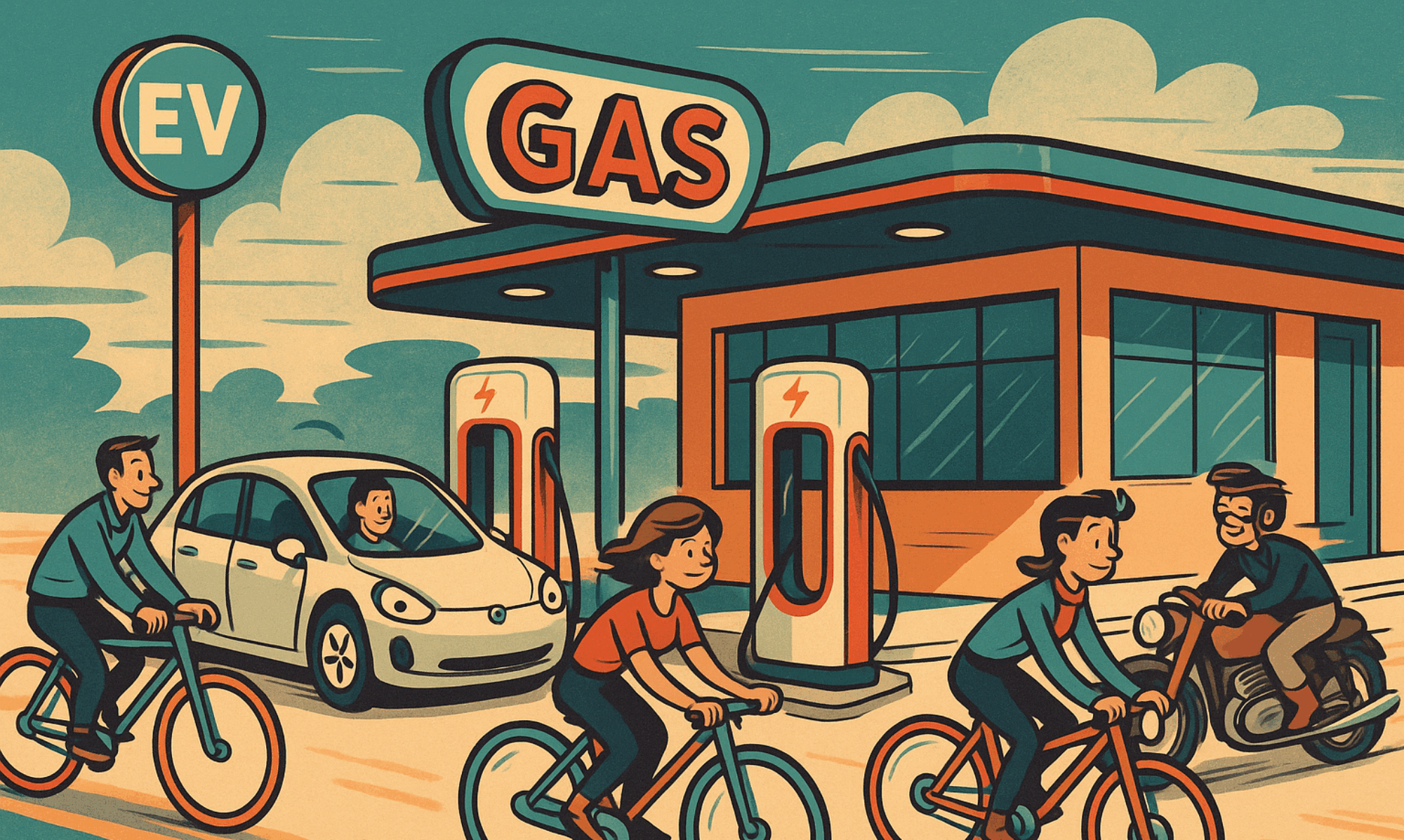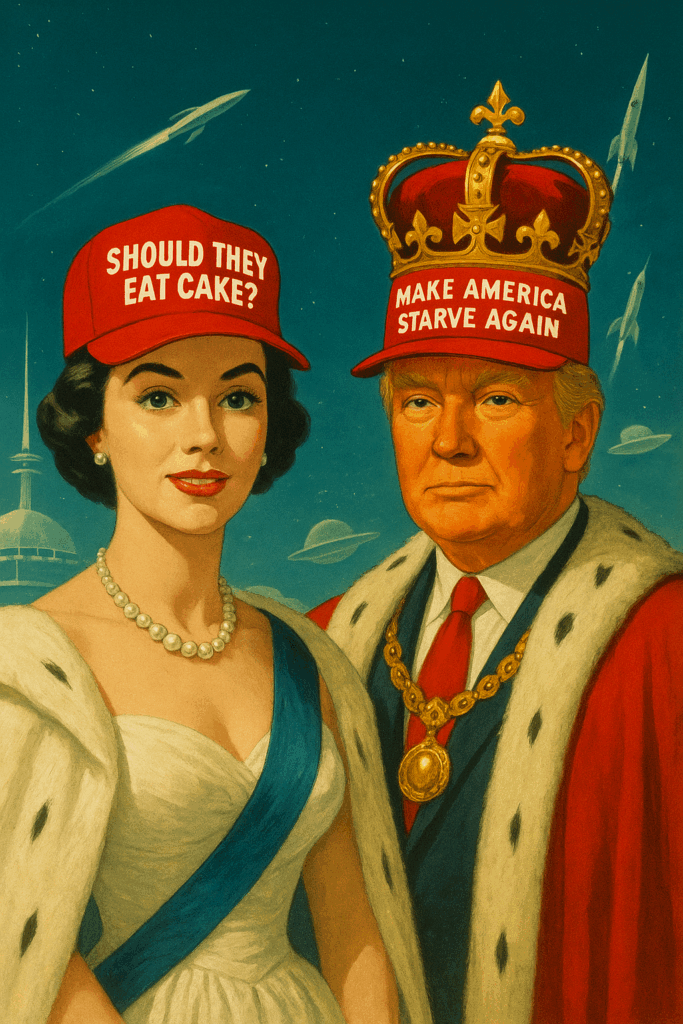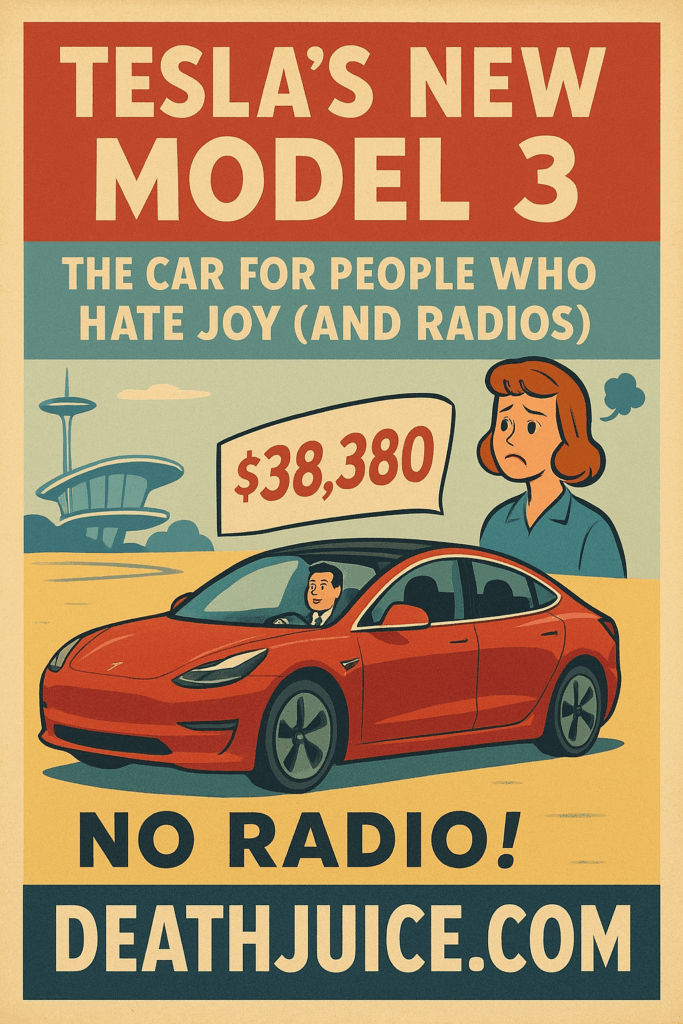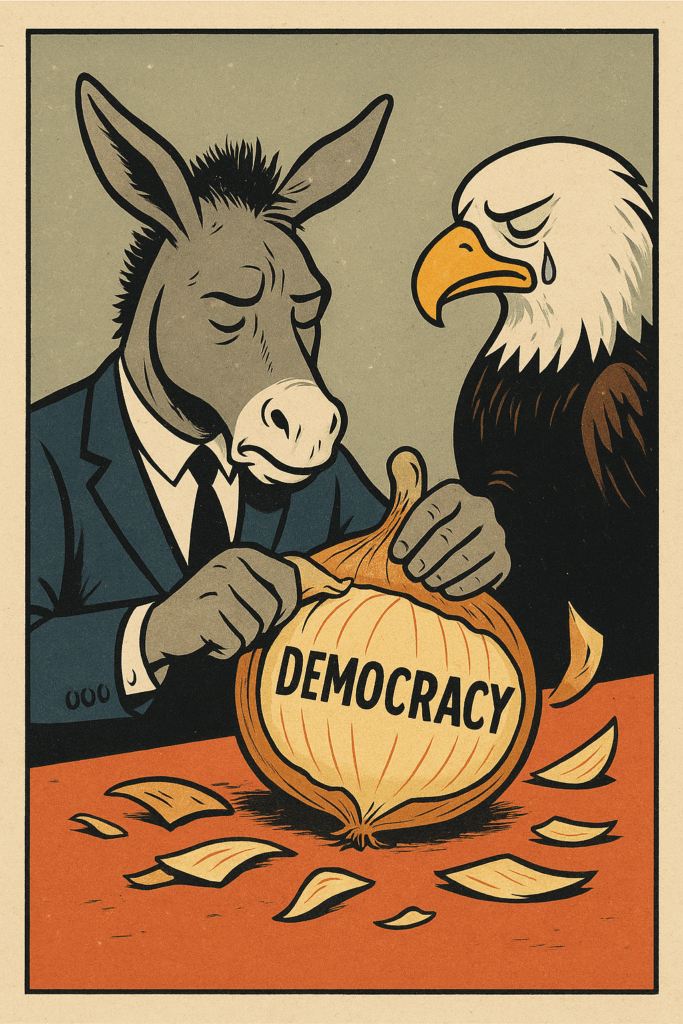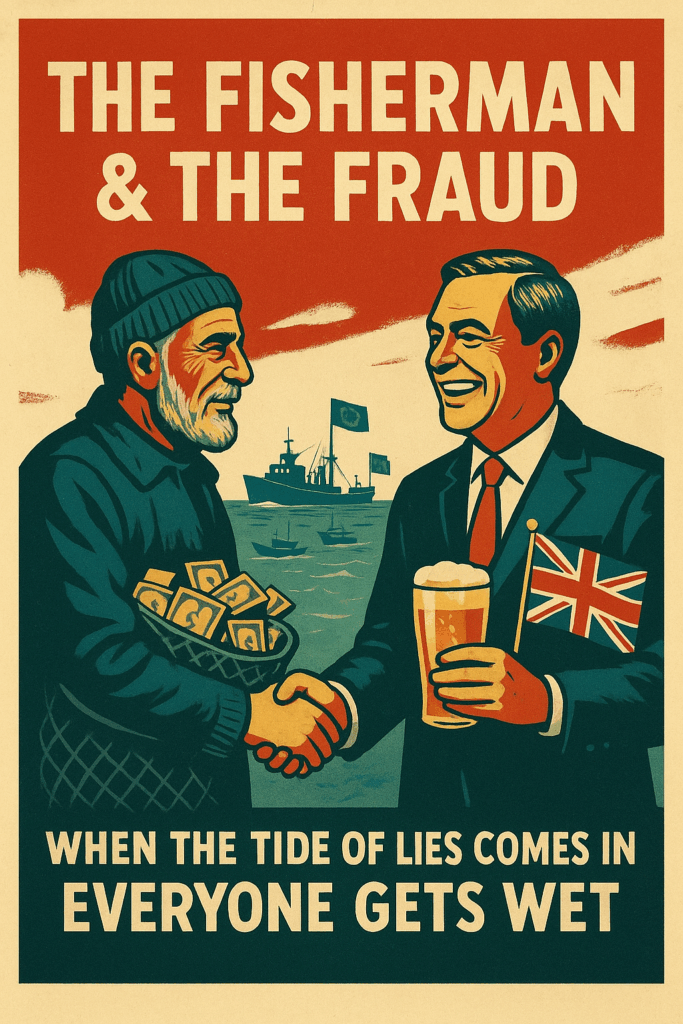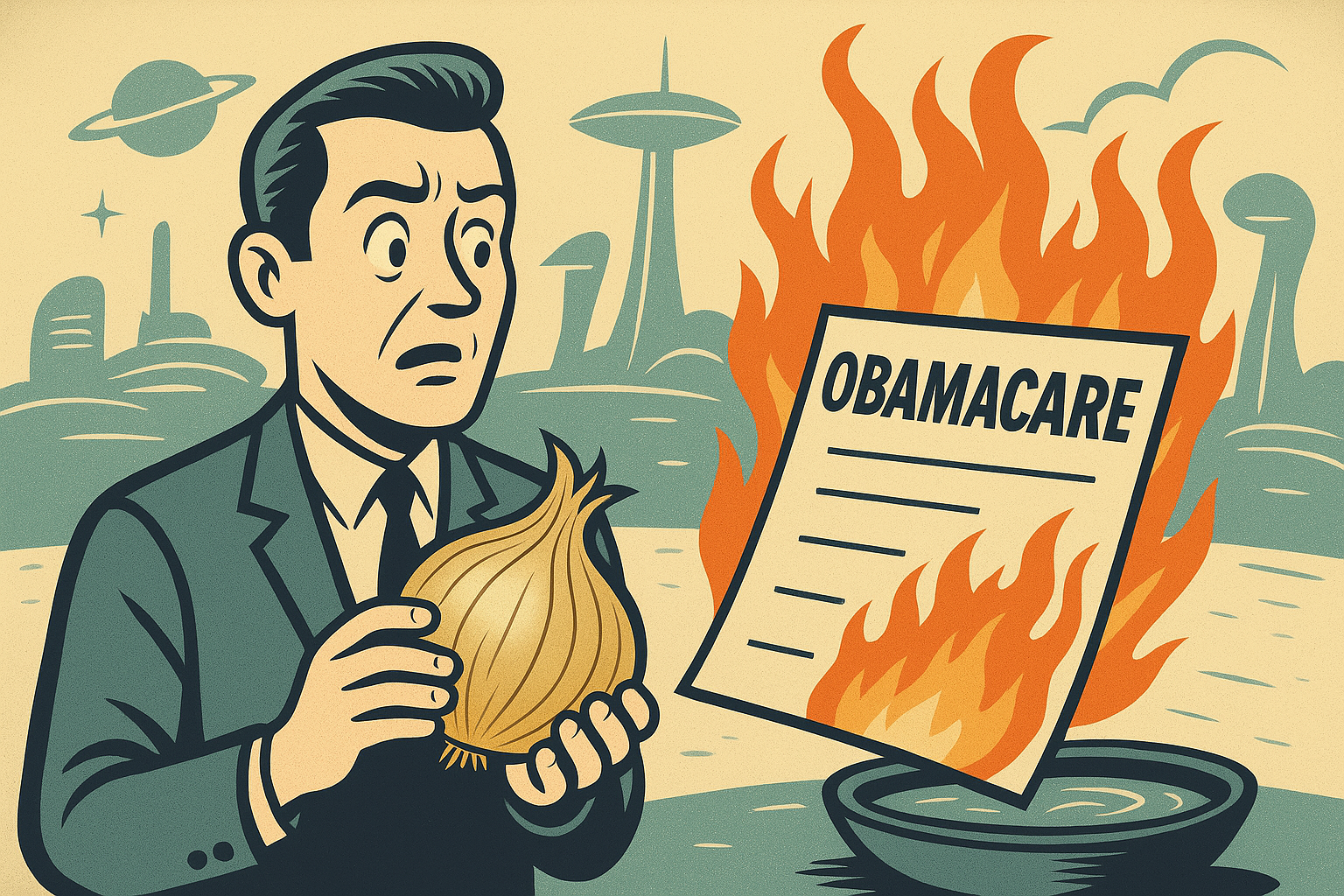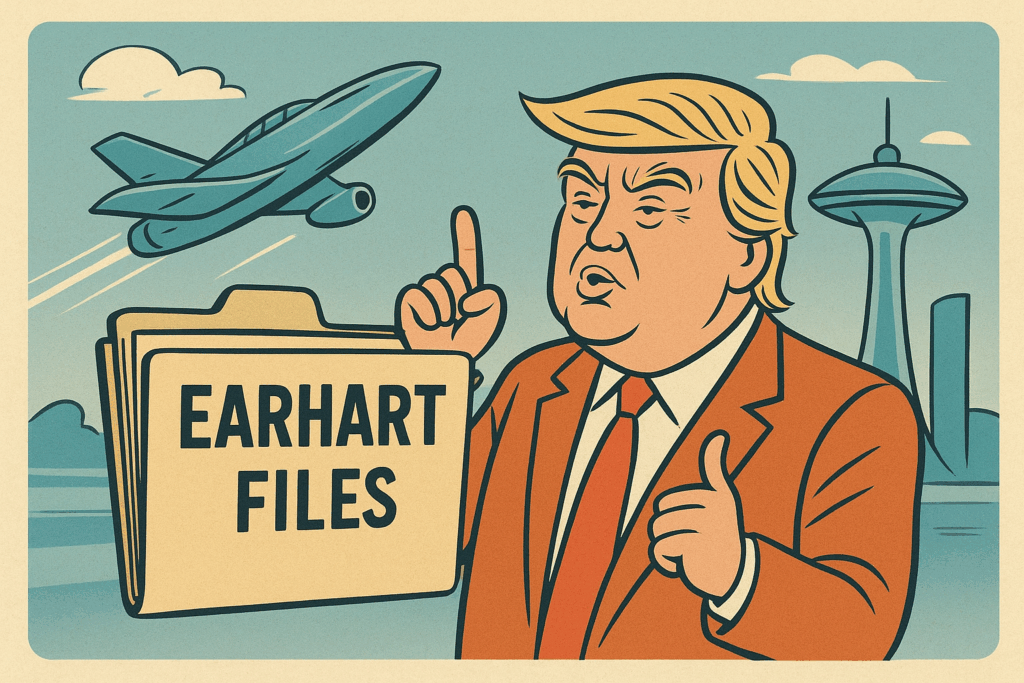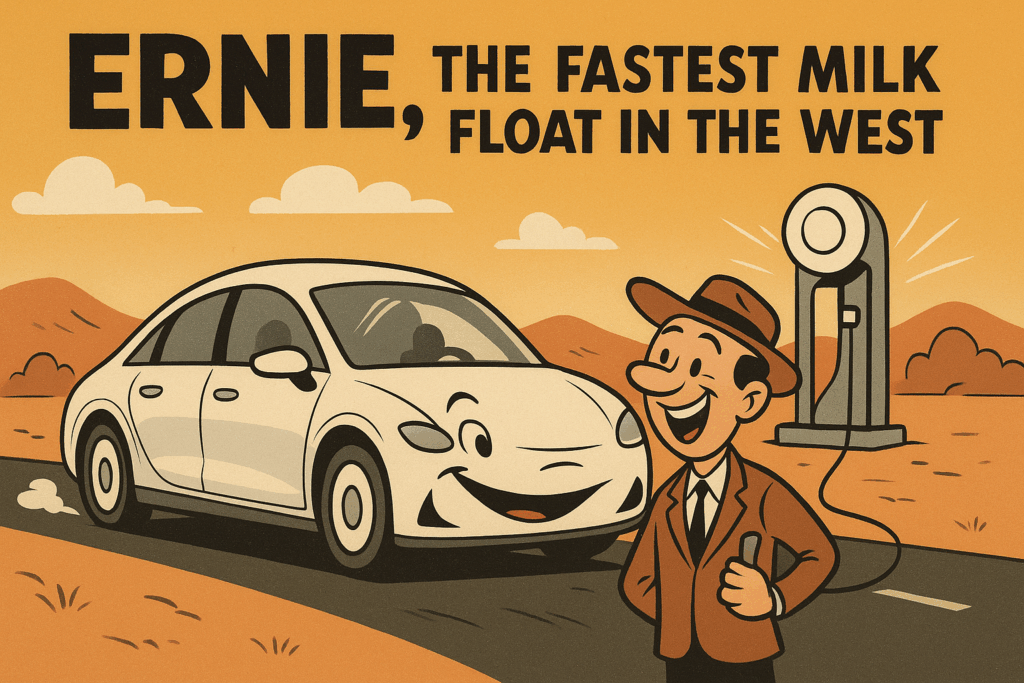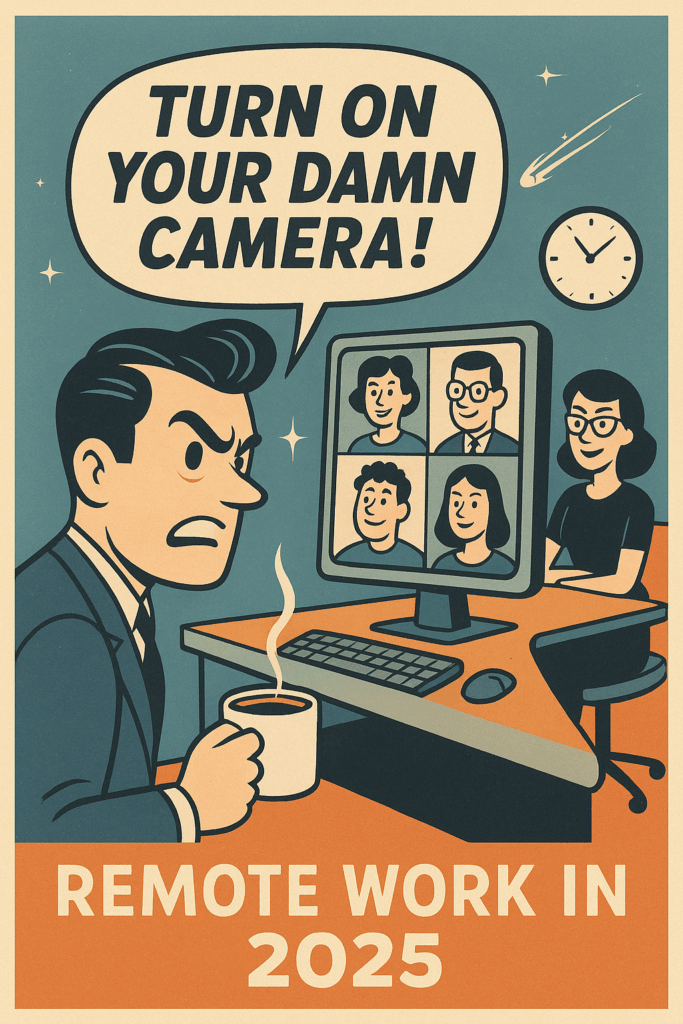
Filed under: Accidental Tech Purchases, Parenting Decisions Made at 11PM
A few weeks ago, I was ready to make the respectable, adult upgrade from my trusty Raspberry Pi 400 to the Pi 500. A modest jump. A “treat yourself, because you answered at least three emails this week” kind of moment.
But in classic Raspberry Pi fashion, right as my wallet began to open they quietly dropped the Pi 500 Plus. It has an SSD. It has a mechanical keyboard. It lights up like a Vegas buffet sign. It can probably summon spirits if you press the F-keys in the wrong order.
Naturally, I needed it immediately.
The Great Pi Chase
If you’ve ever tried to buy anything Raspberry Pi makes, you know the rule:
If you’re not there at launch, with your browser refreshed to the point of medical concern, the thing is gone. Gone like your New Year’s resolutions. Gone like your hopes, dreams, and that missing Tupperware lid.
Still, I tossed a hopeful backorder to CanaKit.
They replied: “It’ll be a few weeks.”
And then, Immediately after that email came the shipping notification.
Two days later? The Pi 500 Plus was sitting on my porch like it had hitchhiked across state lines to find me.
The Keyboard That Exposed My Weaknesses
The first thing I noticed: the mechanical keyboard.
This thing clicks. It clacks. It reminds you that membrane keyboards have been coddling your weak little fingers for years.
Do I personally enjoy typing on a keyboard that sounds like a 1980s newsroom reporting on Watergate?
No.
But I didn’t buy it for me.
Enter: Young Viking Destroyer
This machine’s true destiny is serving Young Viking Destroyer, who needs a real computer but does not need me dropping a grand on a MacBook so she can watch YouTube, play browser games, and type one paragraph about the water cycle.
And let me tell you:
The lights?
The effects?
The keyboard that bursts into rainbow fireworks every time she hits Enter?
Tween catnip.
She loves it.
Which means she uses it.
Which means: victory.
Tech Specs? Sure. It Has Some.
Look, if you’re reading Deathjuice, you know the truth:
Specs only matter when you’re arguing with strangers in comment sections.
The Pi 500 Plus:
• Has memory.
• Has an SSD.
• Turns on.
• Does stuff.
• Makes numbers appear on a screen.
• Doesn’t scream in pain.
What actually matters:
• It plays the exact games tweens will spend three hours on while eating cereal out of a mug.
• It opens Google Docs without collapsing.
• It runs YouTube flawlessly, which is 98% of computing for the younger generation.
• It streams everything your household already pays for.
• It works with iCloud and all the office-y software adults pretend to care about.
Do you need more?
No.
Unless you’re one of those people who believes you must own a $6,000 basement gaming rig cooled by liquid nitrogen to check email.
In which case, Godspeed. May your lights and fans guide you to peace.
Final Thoughts Before the Keyboard Clicks Again
The Raspberry Pi 500 Plus is a fantastic all-in-one machine.
Not “I mine crypto while flying a drone” powerful.
Not “my PC needs its own HVAC system” powerful.
But powerful enough for actual humans doing actual things.
It’s affordable.
It’s fun.
It’s reliable.
It doesn’t require a degree in wizardry.
And it keeps your tween delighted without you needing to remortgage your house for a laptop.
10/10 would buy again…
Though my fingers might unionize over the keyboard.
